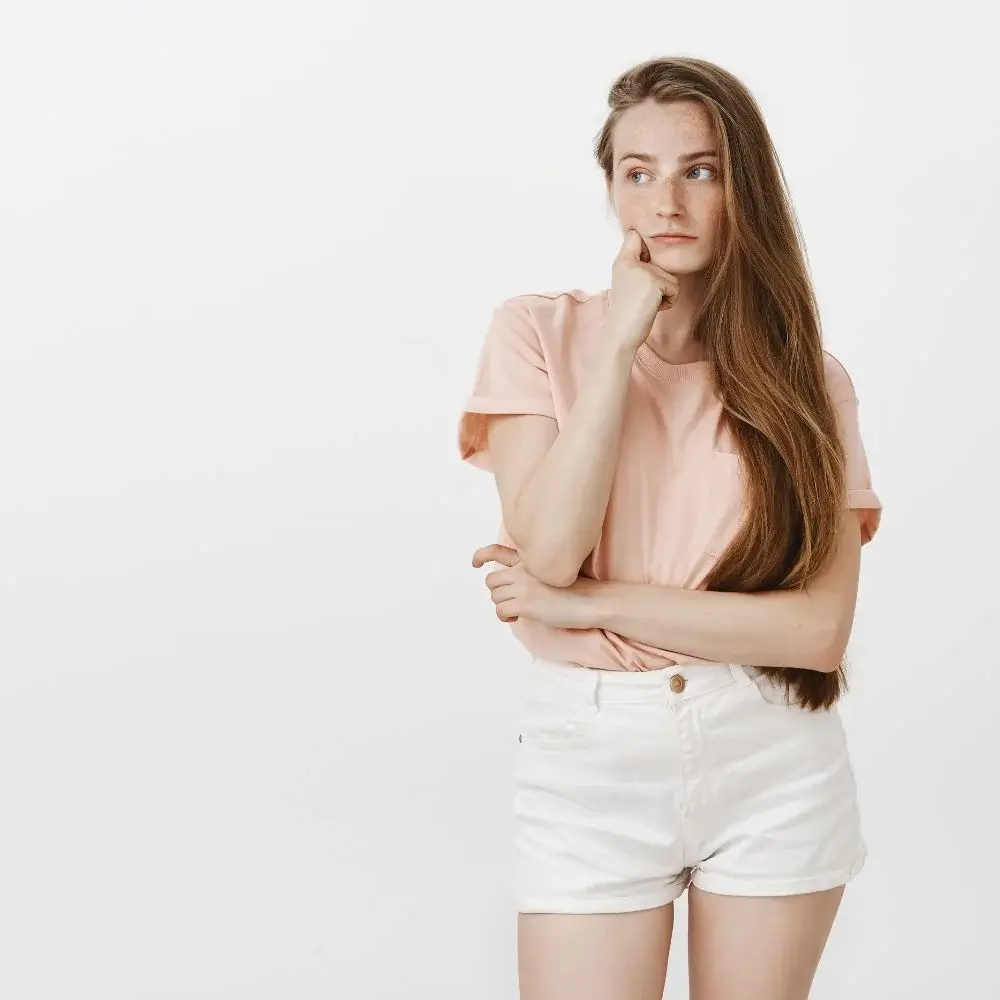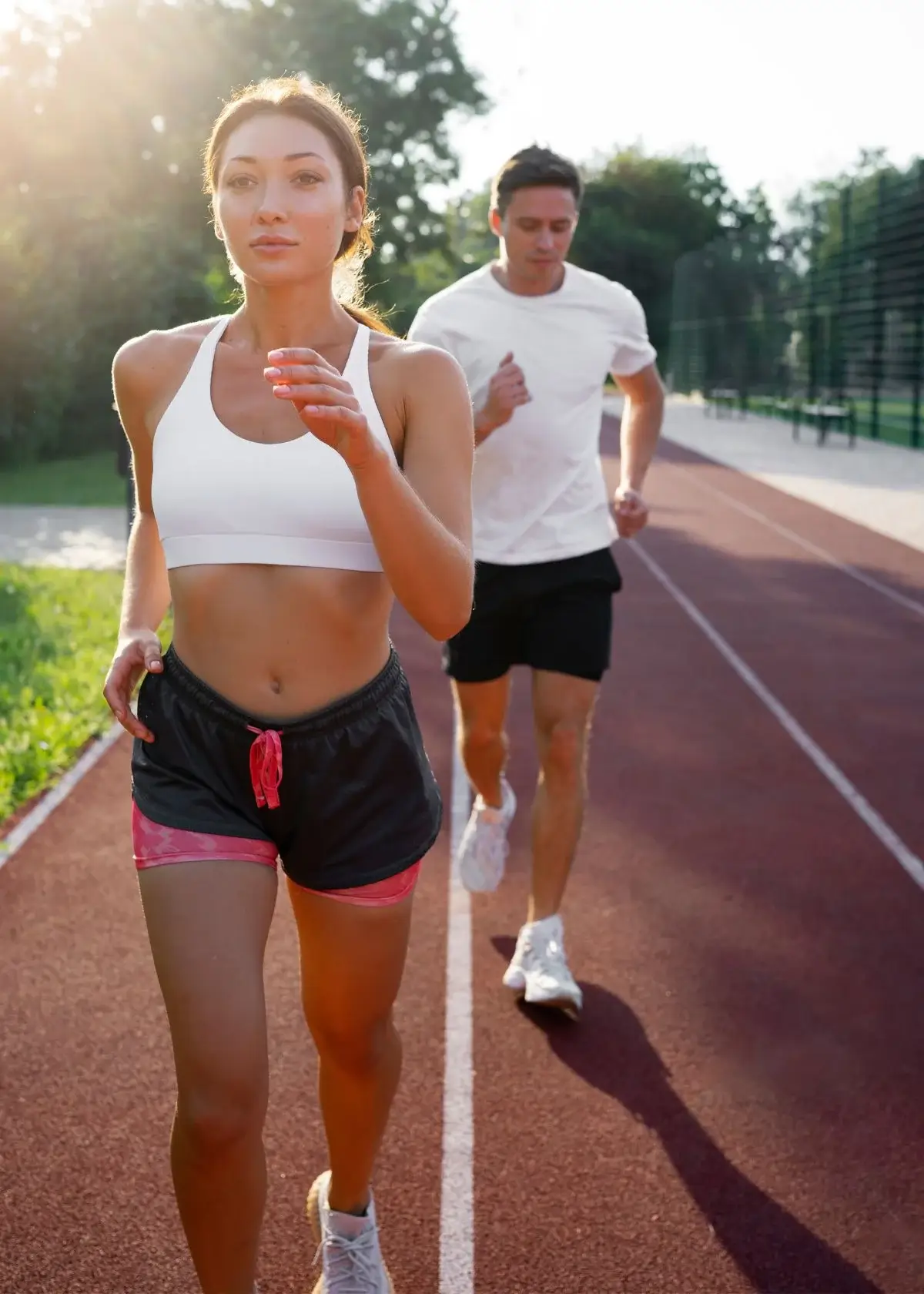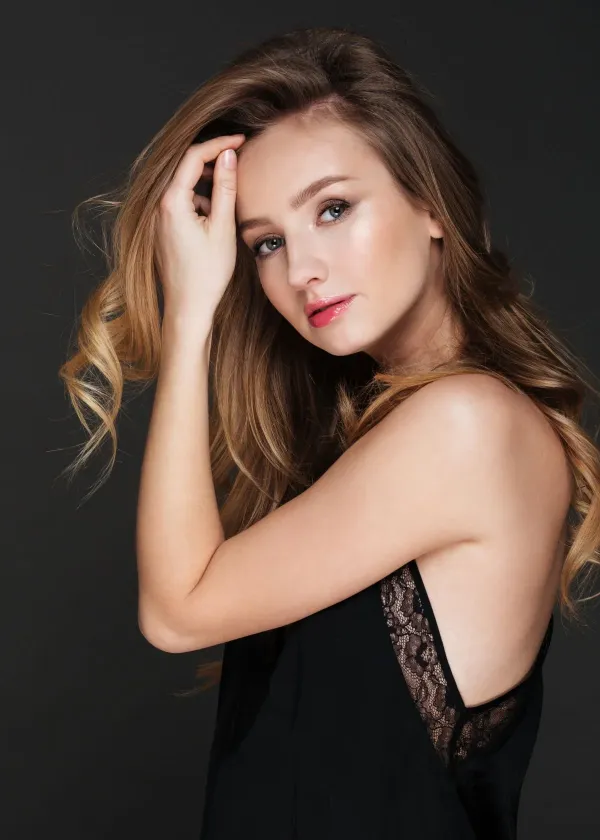As a runner, you lace up your shoes, hit the pavement, and let the sun accompany you. But have you considered the impact of those sun rays on your skin? While running offers numerous health benefits, protecting your skin from harmful UV radiation is crucial. That's where sunscreen comes in as your trusty companion. In this blog post, we'll explore the essential benefits of using sunscreen for runners, ensuring you can enjoy your runs while preserving the health and beauty of your skin.
UV Radiation and Skin Damage
When you step outside, your skin is exposed to the sun's ultraviolet (UV) radiation. Prolonged exposure to these rays can lead to sunburn, premature aging, and long-term damage to your skin cells. You spend extended periods under the sun as a runner, increasing your risk of harmful effects. Using sunscreen acts as a shield against these damaging rays, protecting your skin from potential harm.
Skin Cancer Prevention
The link between sun exposure and skin cancer is well-documented. Runners need to be particularly vigilant as they often spend hours outdoors. Applying sunscreen before each run creates a barrier that reduces the risk of skin cancer caused by UV radiation. Protecting yourself today can significantly impact your skin health in the long run.
Protection Against Premature Aging
One of the visible effects of prolonged sun exposure is premature aging. Wrinkles, fine lines, and age spots can develop due to sun damage. By incorporating sunscreen into your running routine, you minimize the risk of premature aging and help maintain youthful-looking skin. Remember, preventing damage is easier than repairing it later.
Maintaining Skin Health
Running under the sun can lead to various skin issues. Dryness, irritation, and inflammation are common concerns for runners. By applying sunscreen, you create a barrier that helps prevent these issues. Besides, sunscreen can minimize the risk of developing skin conditions exacerbated by sun exposure, such as eczema or rosacea. Keeping your skin healthy is just as important as maintaining your cardiovascular fitness.
Choosing the Right Sunscreen for Runners
A few factors are crucial when selecting the right sunscreen for your runs. Look for a sunscreen with a sun protection factor (SPF) of 30 or higher, offering broad-spectrum protection against UVA and UVB rays. Runners should opt for sweat-resistant and water-resistant formulas to ensure long-lasting coverage during intense workouts.
Running is a beautiful journey that benefits both your physical and mental well-being. As you embark on each run, don't forget to prioritize the health of your skin. Applying sunscreen is a simple yet powerful step in protecting your skin from harmful UV radiation, reducing the risk of skin cancer and premature aging, and maintaining overall skin health. So, before you hit the road, remember to lather up with sunscreen.
After conducting thorough research, we have discovered the best sunscreen for runners. Protecting your skin from harmful UV rays while you're out on the run is crucial, and we understand the importance of finding a sunscreen that meets your specific needs. Whether you prefer a lightweight formula that won't weigh you down or a long-lasting sunscreen that won't sweat off during your workout, we have you covered. To find your new favorite sunscreen for runners, click the link provided and explore our curated selection. Don't let sunburn interfere with your active lifestyle - prioritize sun protection and enjoy your runs without worry!
What is the shelf life of the best sunscreen for runners?
The optimal shelf life of premium sunscreens for runners typically spans 2 to 3 years. However, this temporal estimate hinges on the adherence to proper storage conditions. It's imperative for users to diligently check the expiration date on the packaging, ensuring not only longevity but also sustained efficacy. Correct storage practices, encompassing protection from extreme temperatures, become paramount contributors to the product's enduring viability. This commitment to proper storage safeguards runners against the harmful effects of UV rays throughout the recommended shelf life and underscores the importance of periodic assessments to ensure the sunscreen's continuous effectiveness.

What are the common misconceptions about sunscreen use among runners?
Common misconceptions often shroud sunscreen use among runners, with one prevalent fallacy being the belief that a higher SPF automatically translates to all-day protection. Contrary to this notion, SPF primarily denotes the duration of protection rather than the strength of the formulation. Another common misbelief revolves around the assumption that sweating eliminates the necessity for sunscreen reapplication. The reality is that frequent reapplication, especially after significant sweating, is imperative for sustained efficacy. Dispelling these misconceptions becomes a cornerstone for runners to cultivate accurate sun protection practices aligned with the nuanced dynamics of their outdoor activities.

What role does sunscreen play in preventing skin aging for runners?
Sunscreen assumes a multifaceted and pivotal role in preventing skin aging for runners, extending its protective ambit beyond sunburn prevention. Serving as a formidable defense against UVA rays, notorious for inducing premature aging, sunscreen becomes a cornerstone in a runner's anti-aging arsenal. A consistent and strategic sunscreen regimen is not merely reactive; it becomes a proactive measure against wrinkles, fine lines, and other visible signs of aging exacerbated by prolonged sun exposure during outdoor activities. Sunscreen emerges as a dedicated guardian, preserving immediate skin health and fortifying runners against the enduring and cumulative effects of sun-induced aging.
How do runners choose a sunscreen that doesn't interfere with sweating?
Runners navigate the nuanced landscape of selecting sweat-friendly sunscreens by strategically prioritizing non-comedogenic and water-based formulations. These choices allow the skin to breathe, mitigating the undesirable consequences of pore-clogging during intense physical activity. The careful selection of a sunscreen that seamlessly integrates with the body's natural cooling mechanism ensures that the product remains effective without impeding the crucial process of sweating. This tailored and discerning approach to sunscreen selection underscores the importance of formulations that provide sun protection and harmonize with the physiological demands of running.
How can runners avoid the stinging sensation of sunscreen in the eyes?
Mitigating the stinging sensation induced by sunscreen in the eyes necessitates a comprehensive and strategic application approach by runners. This involves the careful and precise application of sunscreen around the sensitive eye area and the conscious avoidance of direct contact. Besides, opting for a specifically designed sweat-resistant formula tailored for sports minimizes the likelihood of sunscreen migration into the eyes during intense physical activity. This dual strategy of precise application and deliberate product selection empowers runners to enjoy the benefits of sun protection without the discomfort associated with sunscreen-induced eye irritation, thereby enhancing their overall running experience.
Should sunscreen application be adjusted for morning versus afternoon runs?
Indeed, a nuanced and adaptive approach to sunscreen application is paramount for runners navigating morning versus afternoon runs. Morning runners benefit significantly from emphasizing UVA protection to counteract the prolonged exposure to these rays during the earlier hours. On the contrary, afternoon runners should strategically prioritize higher SPF for enhanced UVB protection during the peak intensity of sunlight hours. Tailoring sunscreen application to specific sunlight conditions optimizes sun protection and acknowledges and addresses the varying intensities of ultraviolet radiation encountered at different times.







